


Blink blink !
Its almost here


How UV Cut Glass Makes Driving In Indian Summers Bearable
- 1UV cut glass in cars blocks over 90% of harmful ultraviolet rays
- 2UV cut glass is a great way to keep your car cooler during hot summers
- 3Retrofitting UV cut glass for your car is possible, but it’s not cheap
- Understanding UV Cut Glass
- How Is UV Cut Glass Different from Regular Glass?
- Benefits of UV Cut Glass in Indian Conditions
- Is UV Cut Glass Legal in India?
- Can You Retrofit UV Cut Glass in Your Car?
- Which Cars in India Come with UV Cut Glass?
- Does UV Cut Glass Affect Night Driving?
- How to Identify UV Cut Glass in Your Car
- Tips to Make the Most of UV Cut Glass
- UV Cut Glass vs Ceramic Tint: What’s Better?
- Conclusion
The fact of the matter is that, with the summer season coming up, the heat can get stifling when you are stuck in traffic under a blazing sun. Your vehicle’s air conditioning system plays a crucial role here, but the other key aspect is your vehicle’s windows. While standard glass offers minimal protection against harmful ultraviolet rays, UV cut glass adds a barrier that significantly reduces UV radiation, enhancing in-cabin comfort.
Today, car manufacturers are slowly adding UV cut glass to more models in India, but the truth is that not many buyers know what it actually does. In this article, we will break down everything you need to know about UV cut glass, and what exactly it brings to the table.
Understanding UV Cut Glass

Before we get into the benefits, let's first understand what UV cut glass actually means.
- UV cut glass is automotive glass treated with a special coating or film that blocks ultraviolet (UV) rays.
- It’s designed to reduce the penetration of UV-A and UV-B rays, which are harmful to both your skin and car interiors.
- Unlike tinted or sun-control films, UV cut glass remains fully transparent and does not compromise visibility..
- It looks like regular clear glass, but it performs far better when it comes to UV protection.
How Is UV Cut Glass Different from Regular Glass?
Many people assume all car glass blocks UV rays—but that’s not the case.
- Standard car glass blocks UV-B rays to some extent, but not UV-A rays, which are more harmful in the long run.
- UV cut glass offers full-spectrum UV protection, unlike regular laminated or tempered glass.
- It doesn’t rely on film or tints, so you won’t have to worry about the legal issues around aftermarket sun film.
- There’s no peeling, fading, or bubbling, which is common with DIY films.
Benefits of UV Cut Glass in Indian Conditions

Given the intensity of Indian summers, UV cut glass can make a noticeable difference in comfort and protection
- Protects your skin from tanning and long-term UV exposure, especially during long commutes or road trips.
- Reduces cabin temperature significantly, making your AC work more efficiently.
- Prevents fading and cracking of dashboard and seat fabrics, especially in cars with beige or grey interiors.
- Improves fuel efficiency by lowering the load on your air conditioner.
- Better resale value, as interiors remain newer for longer.
- Enhanced safety, since it doesn't rely on external films that can reduce visibility or delaminate over time.
Is UV Cut Glass Legal in India?
There’s always confusion around tinted glass and what’s allowed. Let’s clear that up.
- UV cut glass is 100% legal in India, as long as it meets the minimum visibility standards set by the Motor Vehicles Act.
- The Supreme Court ruling in 2012 banned aftermarket sun films, but factory-fitted UV cut glass is not affected.
- You won’t attract police attention, as UV cut glass appears identical to regular clear glass and is factory-fitted..
Can You Retrofit UV Cut Glass in Your Car?

Yes, but it’s not as simple or cheap as sticking on a sunshade.
- Retrofitting involves replacing the existing glass panels with UV cut versions.
- This can cost anywhere between ₹25,000 and ₹80,000, depending on your car and the number of windows.
- You’ll need to go to an authorised service center or trusted glass specialist—cheap installations may compromise safety.
- Availability is limited for some models, especially older or entry-level cars.
- In premium cars, replacing UV-protected windshields or rear glass may require recalibration of defoggers, rain sensors, or ADAS features.
Which Cars in India Come with UV Cut Glass?
More brands are now offering UV cut glass from the factory, especially in the mid- to premium range. If the model is recent enough, you could even find it on certain second hand cars.
- Maruti Suzuki: Baleno, XL6, and Fronx offer UV cut glass on top trims.
- Toyota: Urban Cruiser Hyryder gets UV cut glass.
- Kia: The Seltos and Sonet offer it selectively.
- Honda: The Elevate comes with it on top trims.
- Skoda and Volkswagen: Slavia and Virtus offer heat-insulating glass, which serves a similar purpose.
- Luxury segment: Almost all cars from Audi, BMW, and Mercedes-Benz feature advanced UV/IR cut glass as standard.
Does UV Cut Glass Affect Night Driving?

Not at all—it actually improves clarity compared to tinted windows.
- Unlike sun films that can reduce visibility, UV cut glass remains clear day and night.
- It doesn’t affect the way your headlights appear from inside the car, keeping driving visibility intact.
- There’s no glare or haze, which often happens with older sun film jobs.
Downsides of UV Cut Glass
While UV cut glass offers plenty of benefits, it’s not perfect.
- It can be expensive to replace, especially if you break or crack a window.
- Limited availability for lower-end vehicles, making retrofitting harder.
- Doesn’t block infrared rays (IR) entirely, so it won’t eliminate all heat buildup.
- Can sometimes cause polarised sunglasses to display rainbows or patterns, depending on the coating used.
How to Identify UV Cut Glass in Your Car
Many people don’t even realise they already have it.
- Look for a small etching or marking on the glass, which says "UV Cut", "Solar Glass", or something similar.
- Ask your service centre or check your car’s brochure to confirm if your trim includes UV protection.
- You can test it using a UV flashlight, available online for under ₹500. Point it through the glass and see if UV-reactive materials glow.
Tips to Make the Most of UV Cut Glass

Even with UV cut glass, a few extra steps will keep your car cooler.
- Use a good quality sunshade on the windscreen when parked.
- Always park in the shade whenever possible to avoid interior heat buildup.
- Combine UV cut glass with light-colored upholstery to reflect more sunlight.
- Clean the glass regularly—dirt can affect performance over time.
UV Cut Glass vs Ceramic Tint: What’s Better?

Both aim to block heat and UV, but the approach is different.
- Ceramic tints offer better IR (infrared) blocking, but are illegal in India unless factory-fitted.
- UV cut glass is legal and permanent, but may not reduce heat as effectively.
- Ceramic film can be removed or changed, while UV cut glass needs full replacement if damaged.
- For daily use and peace of mind, UV cut glass is the more practical choice in India.
Conclusion
UV cut glass is no longer a premium-only feature. In a country like India where summers are harsh and traffic is endless, it offers real benefits—comfort, protection, and efficiency. Whether you’re buying a new car or planning an upgrade, it’s worth knowing what UV protection you’re getting. While retrofitting it isn’t cheap, the long-term gains might just justify the cost.
Next time you shop for a car, don’t just check the engine and touchscreen. Look at the glass—it could change how you experience driving.
Frequently Asked Questions
Expand all

Blink blink !
Its almost here



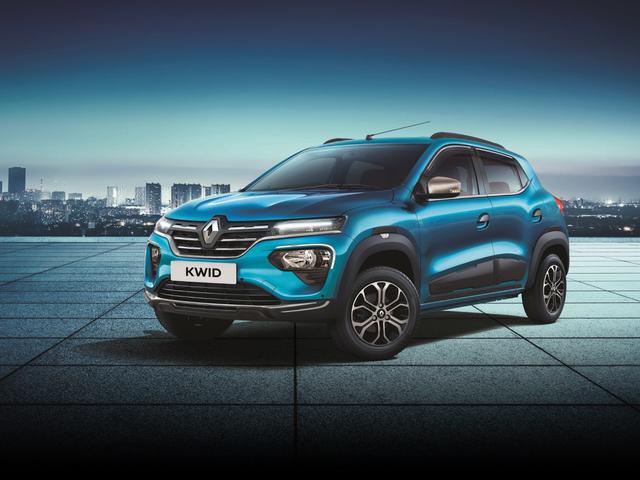





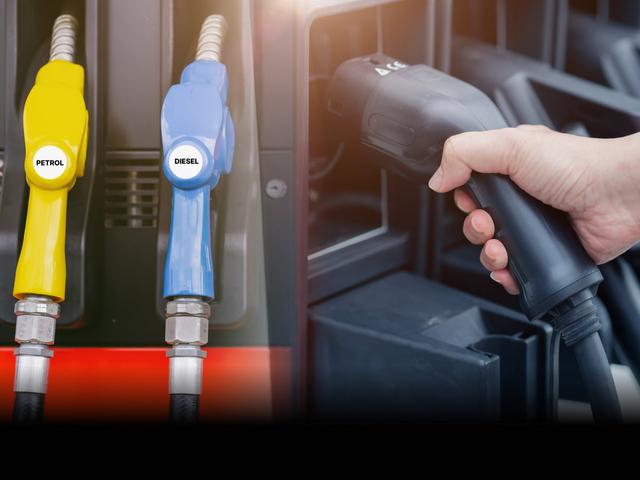

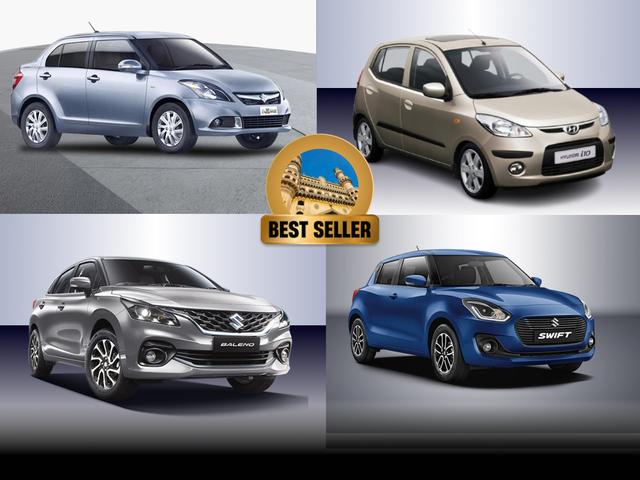

.jpg&w=640&q=75)

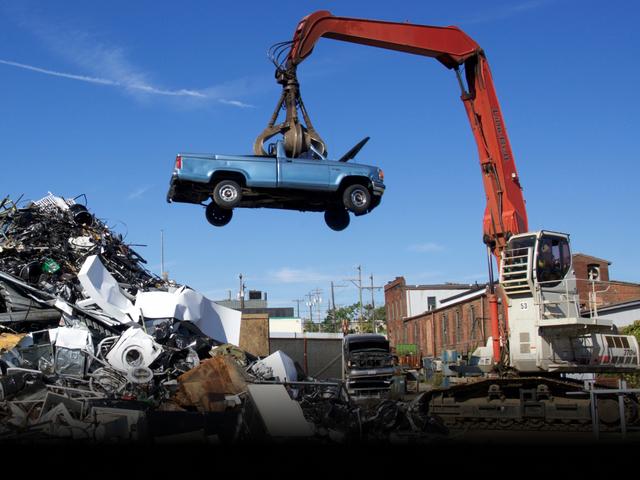

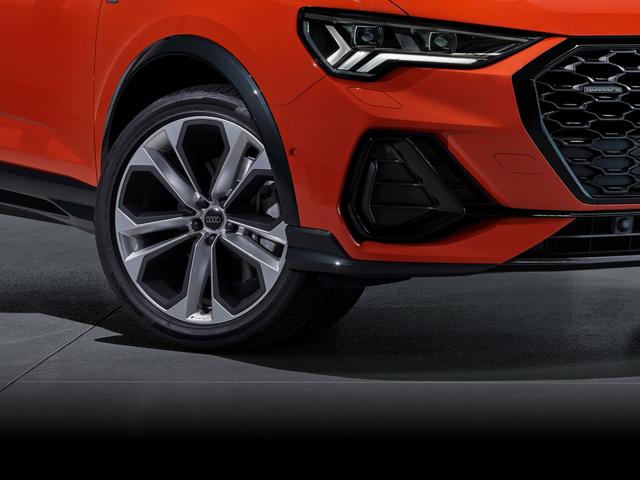

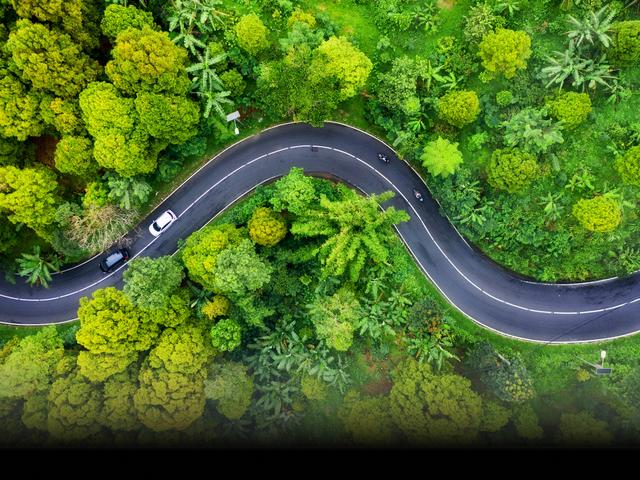



Blink blink !
Its almost here











